In the grand tapestry of life on Earth, humans often consider themselves at the top of the food chain. However, there are many creatures that, for various reasons, pose significant threats to human lives. While some of these animals might surprise you, others are well-known for their dangerous reputations. Let’s explore the fascinating list of animals that have been responsible for the most human deaths.
1. The Mighty Mosquito – A Tiny Terror
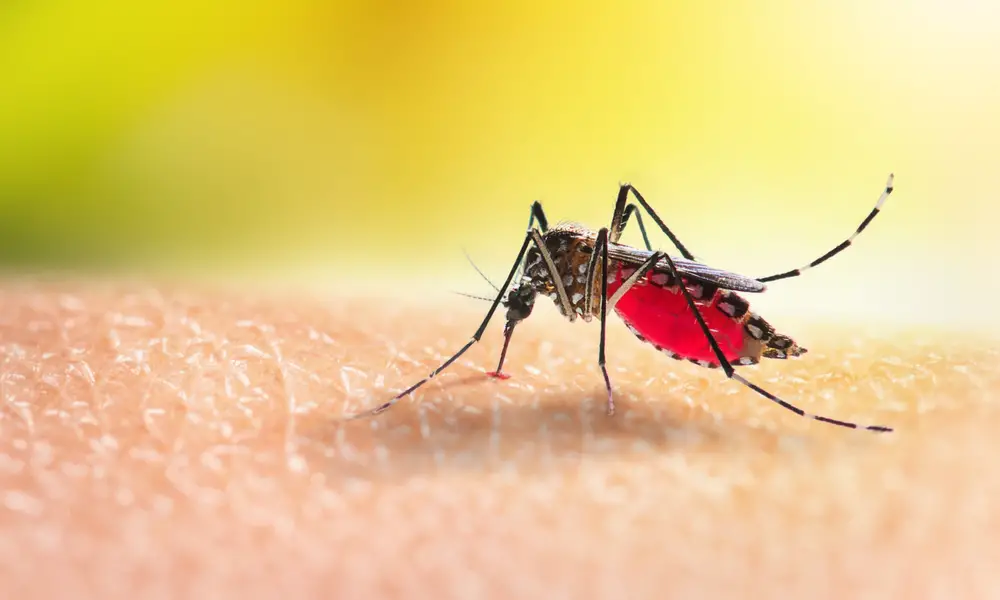
The mosquito might be small, but it packs a deadly punch, responsible for more human deaths than any other animal on the planet. These tiny insects are primary vectors for a variety of diseases, including malaria, dengue fever, Zika virus, and yellow fever. According to the World Health Organization, malaria alone caused an estimated 627,000 deaths worldwide in 2020. The mosquito’s ability to carry and transmit disease makes it a formidable foe, especially in tropical and subtropical regions where these diseases are prevalent. Despite its minuscule size, the mosquito’s impact on human health is staggering, leading to millions of deaths over the centuries.
One of the reasons mosquitoes are so lethal is their sheer numbers and adaptability. They thrive in a variety of climates and can reproduce rapidly, making them difficult to control. Efforts to curb mosquito populations include spraying insecticides, releasing genetically modified mosquitoes, and implementing mosquito nets in affected areas. However, the fight against these buzzing menaces is ongoing, as they continue to develop resistance to certain control measures. As our understanding of mosquito-borne diseases evolves, the hope is that more effective strategies can be developed to reduce their deadly impact.
2. Snakes – Silent and Deadly Predators
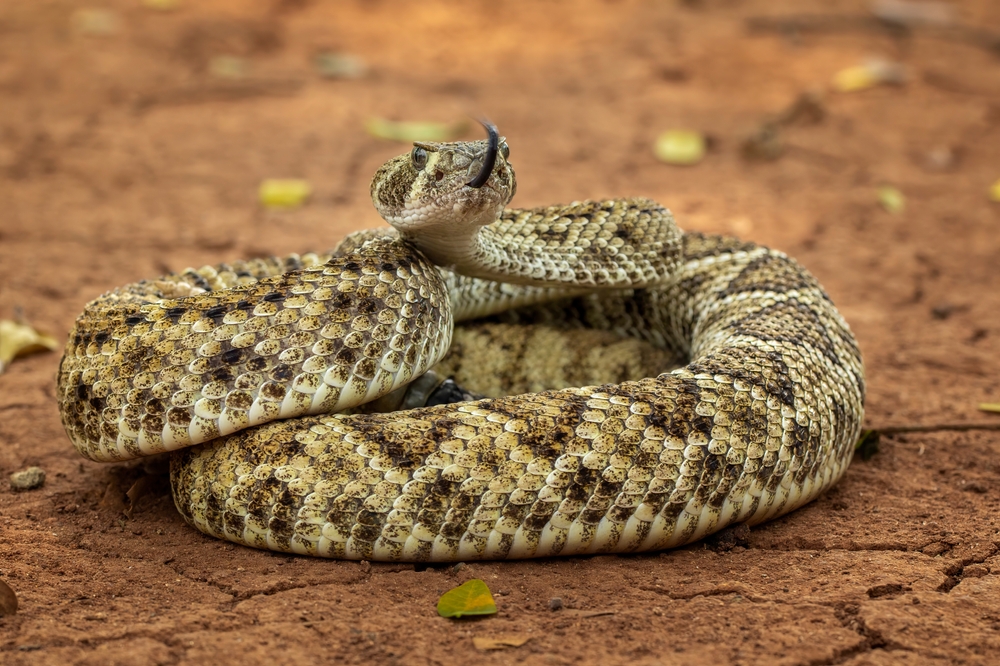
Snakes often evoke fear, and with good reason; they are responsible for a significant number of human fatalities each year. Not all snakes are dangerous, but several species, such as cobras, vipers, and mambas, possess potent venom that can be fatal if not treated promptly. The World Health Organization estimates that snakebites cause between 81,000 and 138,000 deaths annually. The majority of these incidents occur in rural areas of Africa, Asia, and Latin America, where access to medical care and antivenom is limited. It’s this combination of potent venom and limited treatment options that makes snakes such a significant threat to humans.
Snakes tend to avoid human contact, but bites often occur when people accidentally step on them or attempt to handle them. Education and awareness are crucial in reducing snakebite incidents, as is improving access to antivenom in affected regions. Some communities have developed innovative solutions, such as training dogs to detect and alert their owners to the presence of snakes. Despite their deadly reputation, snakes play a vital role in ecosystems by controlling rodent populations and maintaining balance. Respecting their space and understanding their behavior can help mitigate the risks they pose to humans.
3. Dogs – Man’s Best Friend or Occasional Foe?
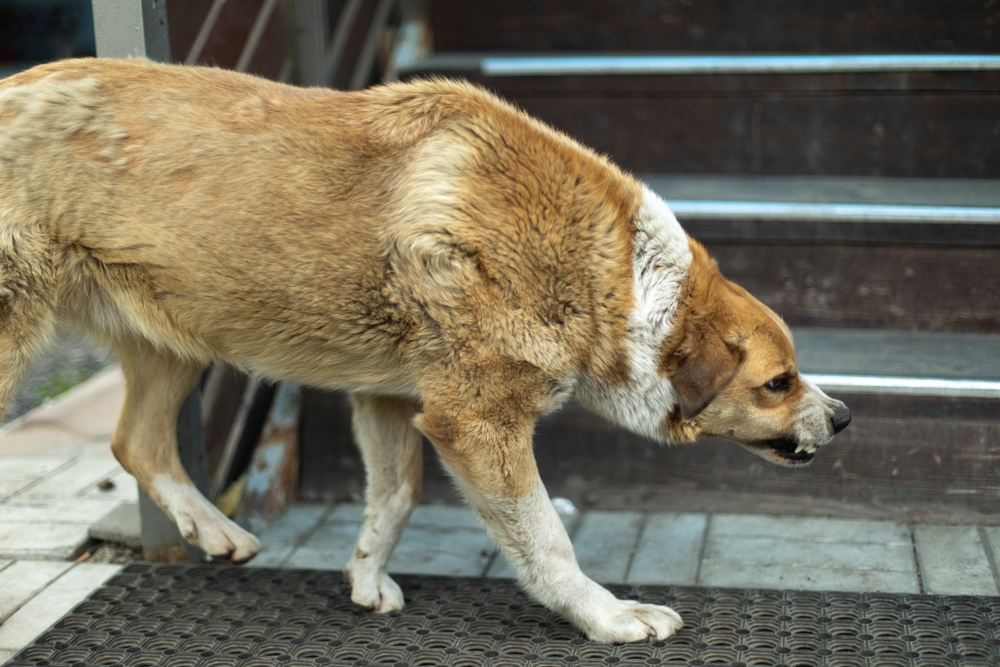
While dogs are often considered loyal companions, they can also pose a significant threat to human safety under certain circumstances. Rabies, a viral disease transmitted through the bite of an infected animal, is primarily spread by dogs in many parts of the world. This disease is almost always fatal once symptoms appear, making prevention through vaccination crucial. According to the World Health Organization, an estimated 59,000 people die from rabies every year, with the majority of cases occurring in Africa and Asia. Efforts to control rabies in dogs, including vaccination campaigns, are essential in reducing these tragic deaths.
Dog attacks can also result in serious injuries or fatalities, particularly in communities where stray dog populations are not controlled. Education on responsible pet ownership and the importance of spaying and neutering pets can help manage these risks. Additionally, understanding canine behavior and learning to interact safely with unfamiliar dogs can prevent bites. While dogs can be dangerous under certain conditions, they also provide numerous benefits to humans, such as companionship and protection. Balancing these aspects is key to ensuring a harmonious relationship between humans and dogs.
4. Tsetse Flies – The Silent Sleepers
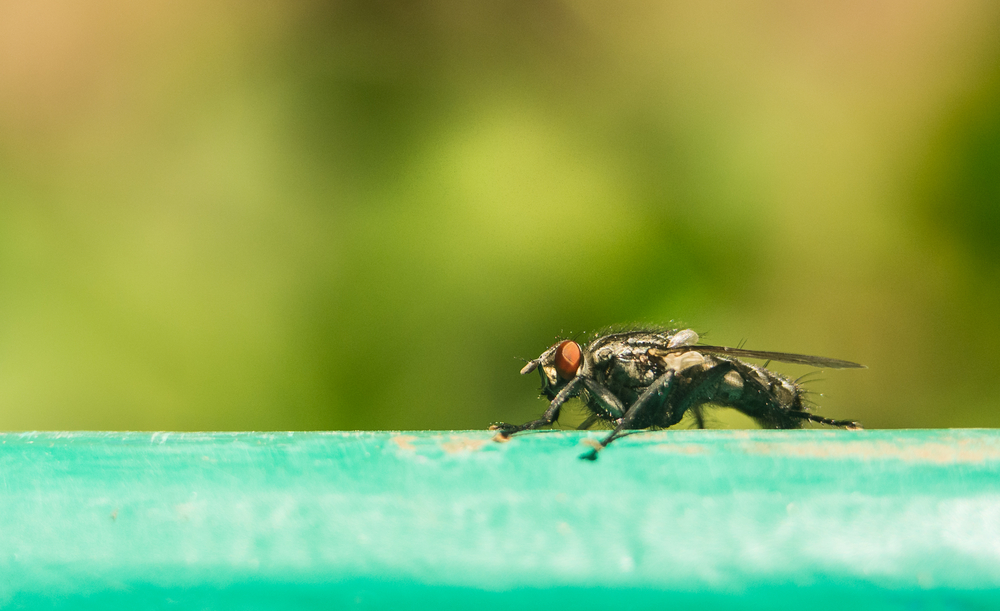
Tsetse flies are another small insect with a deadly reputation, primarily due to their role in spreading sleeping sickness, or human African trypanosomiasis. This disease is endemic in parts of sub-Saharan Africa and, if left untreated, is almost always fatal. According to the World Health Organization, there were around 977 new cases reported in 2018, a significant decrease thanks to ongoing control efforts. However, the threat remains, particularly in rural areas where people may have close contact with tsetse flies. The bite of the tsetse fly is not only painful but can lead to a range of symptoms, from fever and headaches to neurological issues.
Controlling the tsetse fly population and reducing human exposure to bites are key strategies in combating sleeping sickness. Innovative solutions, such as insecticide-treated targets and traps, have proven effective in reducing fly populations. Additionally, ongoing surveillance and healthcare initiatives aim to identify and treat cases early, preventing the disease’s spread. While tsetse flies are not as well-known as mosquitoes, their potential to cause widespread harm is significant. Continued efforts are crucial in the fight against this deadly vector.
5. Assassin Bugs – The Kiss of Death
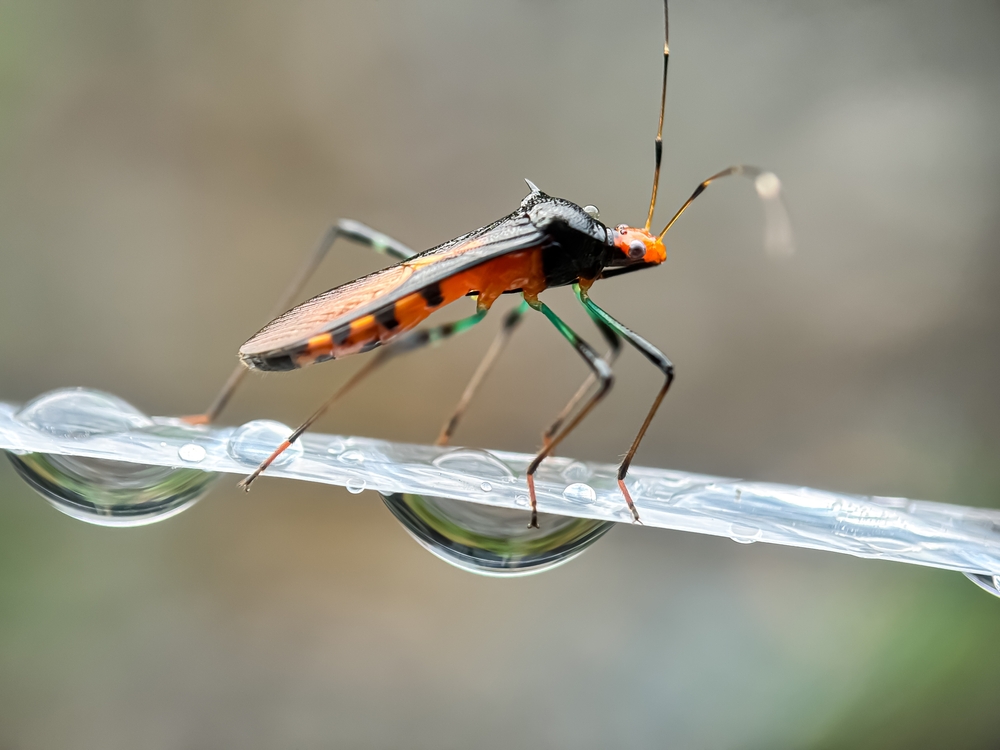
Assassin bugs, also known as kissing bugs, are notorious for their role in transmitting Chagas disease, a potentially life-threatening illness. These bugs are primarily found in the Americas, particularly in rural areas where housing conditions allow easy access for the bugs. According to the Centers for Disease Control and Prevention, Chagas disease affects approximately 6-7 million people worldwide. The disease can cause serious heart and digestive issues if left untreated, and while effective treatments exist, access to them is often limited in affected regions. The bugs earn their nickname from their tendency to bite humans around the mouth, often while they sleep.
Efforts to reduce the spread of Chagas disease include improving housing conditions and implementing vector control measures. Education on the risks and symptoms of the disease is also essential in preventing its spread. In addition to direct transmission through bug bites, the disease can be spread through contaminated food or blood transfusions. While the assassin bug is not the most well-known vector, its impact on human health is significant. Continued research and intervention are necessary to reduce the burden of Chagas disease on affected populations.
6. Crocodiles – Ancient Reptilian Predators
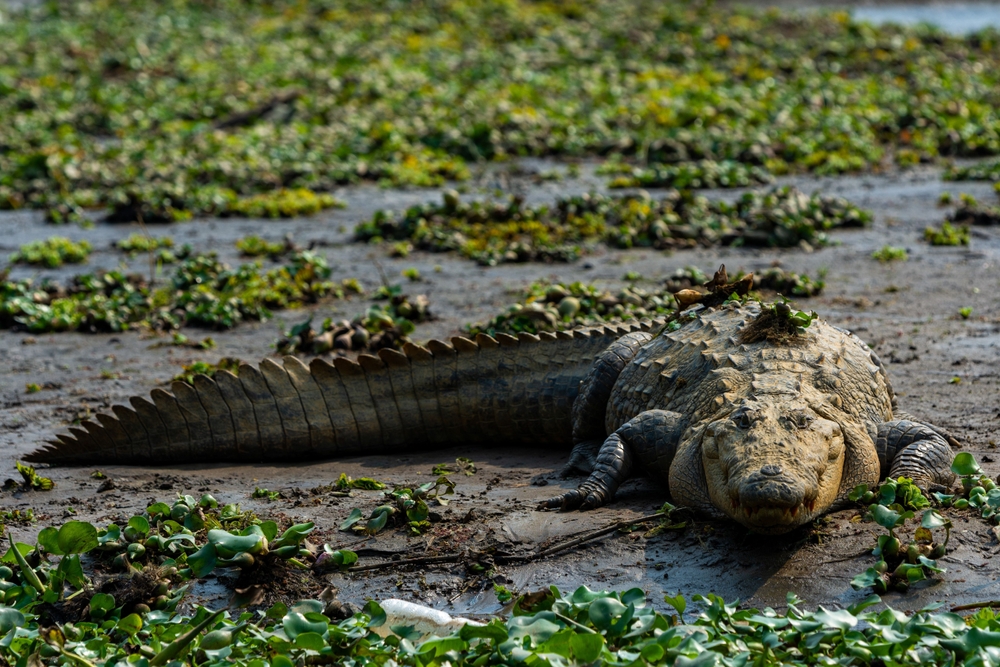
Crocodiles have a fearsome reputation, and for good reason; these ancient reptiles are responsible for hundreds of human deaths each year. With powerful jaws and a stealthy hunting technique, crocodiles can strike with little warning, often targeting people who venture too close to the water’s edge. These predators are particularly prevalent in parts of Africa, Asia, and Australia, where human populations and crocodile habitats intersect. In many cases, attacks occur when people are fetching water, fishing, or washing clothes near rivers or lakes. The sheer strength and speed of a crocodile make escape difficult, contributing to their notoriety as deadly predators.
Efforts to reduce crocodile attacks include educating local communities about the dangers and implementing warning systems in high-risk areas. In some regions, crocodile populations are managed through controlled culls or relocation to minimize human-wildlife conflict. Additionally, designing safer water access points away from crocodile habitats can reduce the risk of encounters. While crocodiles are dangerous, they also play a crucial role in their ecosystems as apex predators. Balancing human safety with conservation efforts is key to coexisting with these formidable creatures.
7. Hippopotamuses – The Surprisingly Aggressive Herbivore
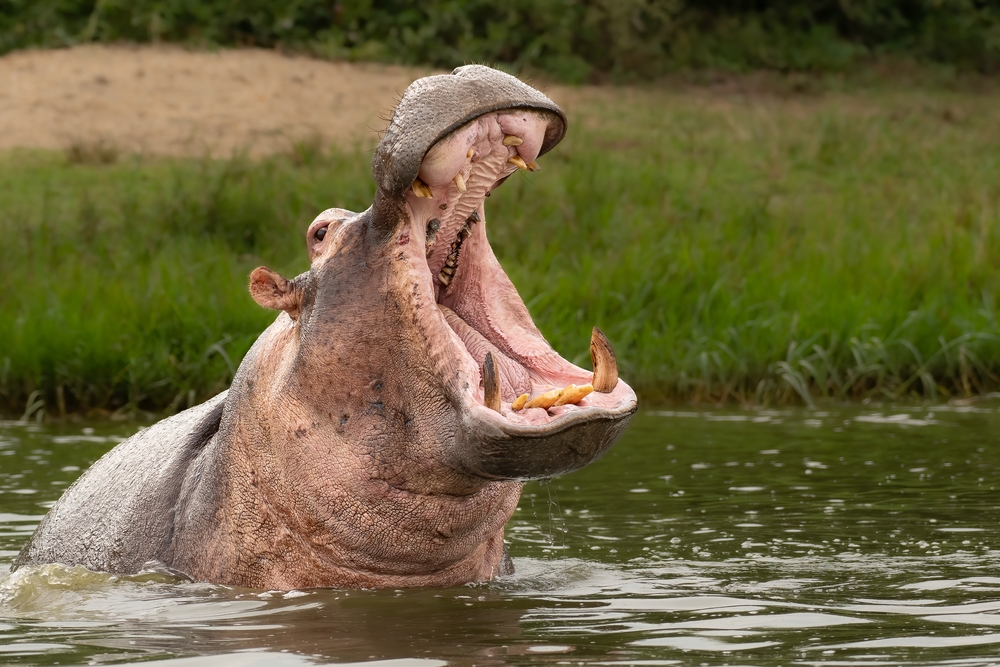
Despite their seemingly docile nature, hippos are among the deadliest large animals in Africa, responsible for more human deaths than lions, elephants, or any other large mammal. Hippos are highly territorial and can be extremely aggressive, especially if they feel threatened or if their young are nearby. Often, incidents occur when boats travel too close to hippo territory, prompting these massive animals to capsize the vessels. With powerful jaws and sharp tusks, hippos can inflict serious injuries or fatalities on those who encounter them. The sheer size and strength of these animals make them formidable opponents in any confrontation.
Efforts to reduce human-hippo conflict include educating locals about hippo behavior and establishing designated safe zones for water-based activities. In some areas, fences or barriers are erected to keep hippos away from human settlements. Despite their aggressive tendencies, hippos play a crucial role in their ecosystems by maintaining waterways and influencing vegetation patterns. Understanding and respecting their behavior is essential for reducing incidents and fostering coexistence. By acknowledging the dangers while also appreciating their ecological importance, humans and hippos can share their habitats more harmoniously.
8. Elephants – Majestic Giants with a Dark Side
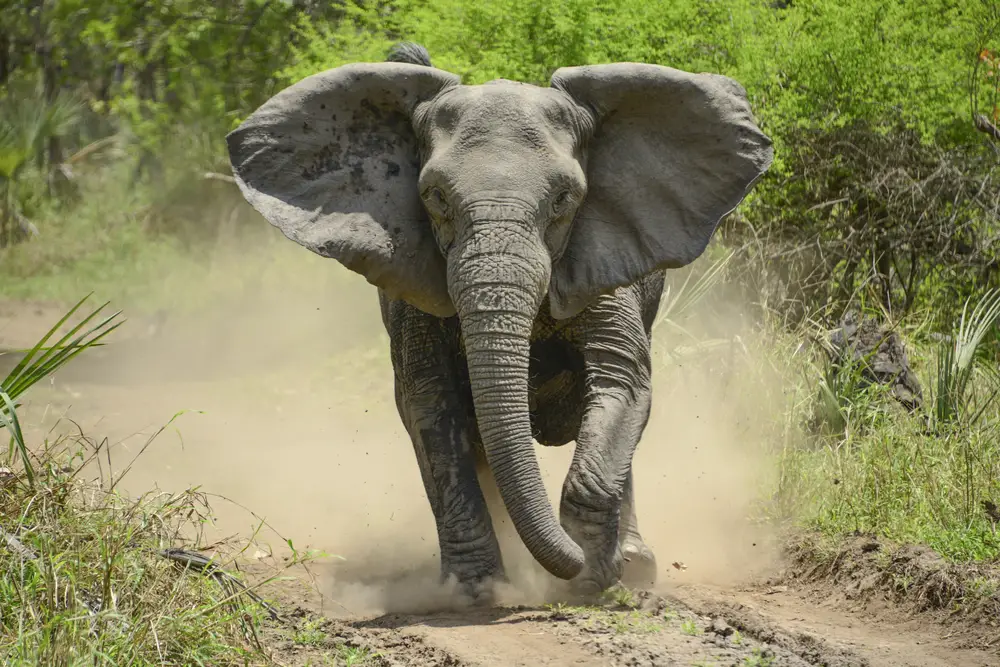
Elephants are often admired for their intelligence and social complexity, but they can also be dangerous under certain conditions. Human-elephant conflicts typically arise when elephants encroach on farmland in search of food, leading to crop destruction and, at times, deadly encounters. In some regions, elephants may also attack humans if they feel threatened or provoked. The sheer size and strength of these animals mean that any confrontation can result in serious injury or death. While elephants are generally gentle giants, their potential for causing harm should not be underestimated.
Efforts to reduce human-elephant conflict include developing early warning systems and creating buffer zones between human settlements and elephant habitats. Additionally, community-based conservation initiatives aim to foster coexistence by providing economic incentives for protecting elephants. Innovative approaches, such as using beehive fences, have also proven effective in deterring elephants from entering farmland. By understanding elephant behavior and addressing the root causes of conflict, humans and elephants can coexist more peacefully. While they can be dangerous, elephants are also vital to their ecosystems, playing a role in seed dispersal and vegetation management.
9. Box Jellyfish – The Ocean’s Silent Assassin
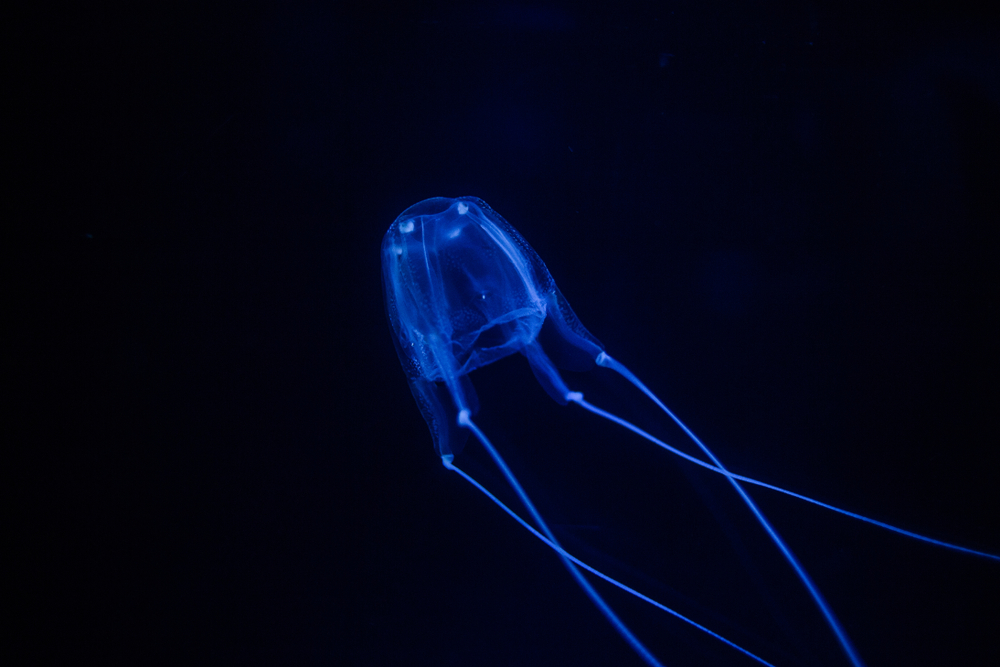
The box jellyfish is one of the most venomous creatures in the ocean, with a sting that can be fatal to humans. Found primarily in the waters of the Indo-Pacific region, these gelatinous animals are difficult to spot, making encounters particularly dangerous. Box jellyfish have tentacles covered in tiny, venomous barbs that release toxins upon contact, causing immense pain, cardiac arrest, or even death. While fatalities are relatively rare due to prompt medical treatment, the potential for harm is significant. Swimmers and divers in affected areas must be vigilant to avoid these nearly invisible threats.
Efforts to reduce box jellyfish incidents include installing jellyfish nets at popular swimming beaches and educating the public on first-aid measures in case of stings. Wearing protective clothing, such as full-body swimsuits, can also reduce the risk of stings. Despite their dangerous nature, box jellyfish are fascinating creatures that have evolved complex life cycles and behaviors. Researchers continue to study their venom for potential medical applications, highlighting the complexity of their role in the marine ecosystem. While they pose a risk to humans, understanding and respecting their presence is key to safe ocean enjoyment.
10. Cape Buffalo – The Unpredictable Herdsmen
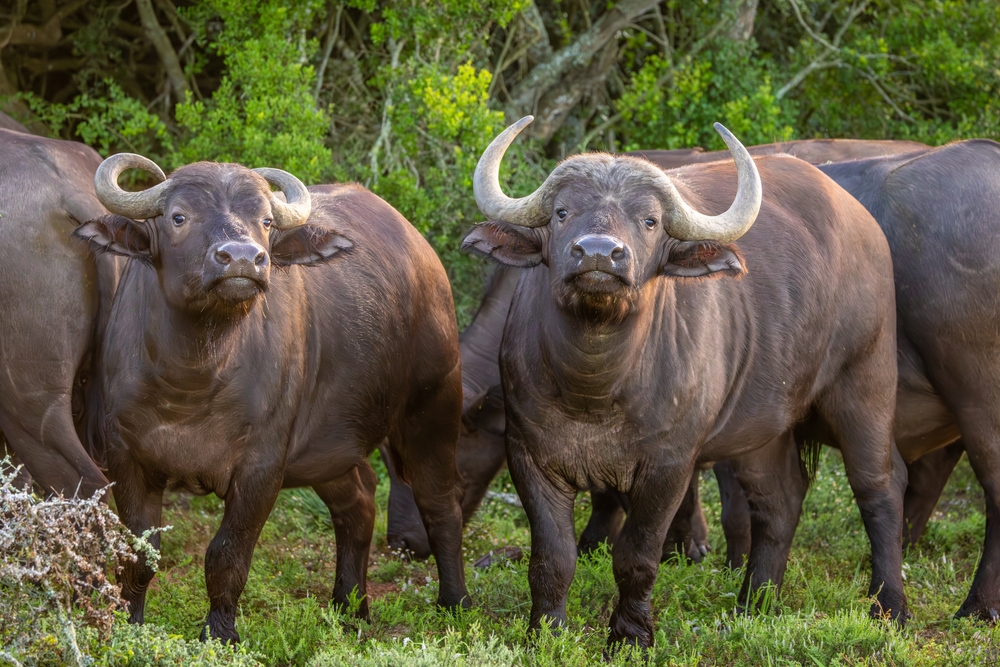
Cape buffaloes, often referred to as “Black Death” in Africa, are known for their unpredictable and aggressive behavior, especially when injured or threatened. These powerful animals can weigh up to 2,000 pounds and possess sharp horns that they use to defend themselves against predators. Human fatalities typically occur during hunting or when people accidentally come too close to their herds. Unlike some other dangerous animals, Cape buffaloes are known to actively defend their territory and young, which can lead to deadly confrontations. Their protective nature and formidable defenses make them one of the most dangerous animals on the African continent.
Efforts to reduce human-buffalo conflict include community education programs and implementing buffer zones between buffalo habitats and agricultural areas. In some regions, wildlife corridors are established to allow safe passage for buffaloes and minimize encounters with humans. Despite their dangerous reputation, Cape buffaloes play a significant role in their ecosystems by influencing vegetation patterns and serving as prey for large predators. Understanding and respecting their behavior is crucial for reducing incidents and fostering coexistence. While they can be deadly, these animals also contribute to the rich biodiversity of their habitats.
11. Lions – The King of the Jungle with a Deadly Bite
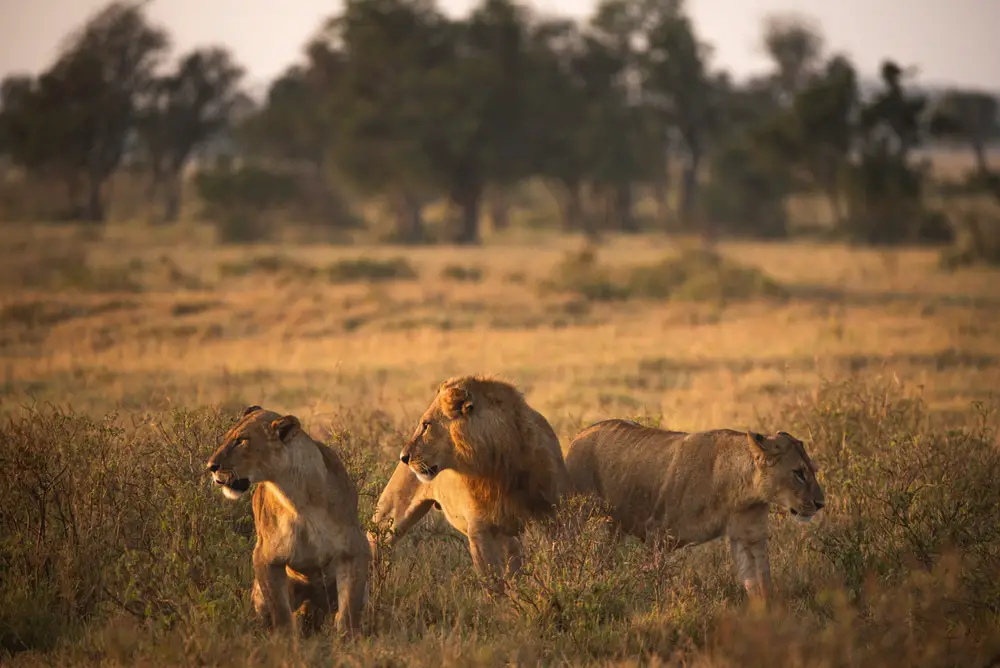
Lions are iconic symbols of strength and power, but they also pose significant threats to humans, especially in regions where their habitats overlap with human settlements. While attacks on humans are relatively rare, they can be fatal due to the lion’s size and strength. Conflicts often occur when lions prey on livestock, leading to retaliatory actions from local communities. Conservation efforts aim to mitigate these conflicts by promoting coexistence and providing compensation for livestock losses. Understanding lion behavior and implementing measures to protect both humans and wildlife is essential for reducing incidents.
Efforts to reduce human-lion conflict include creating wildlife corridors and implementing early warning systems. Community-based conservation programs also play a role in promoting coexistence by involving locals in lion conservation efforts. While lions can be dangerous, they are also vital to their ecosystems, serving as apex predators that help regulate prey populations. By respecting their role in the ecosystem and addressing the root causes of conflict, humans and lions can coexist more peacefully. Their majestic presence and ecological importance make them valuable members of the animal kingdom.
12. Tigers – The Striped Predators of the Wild
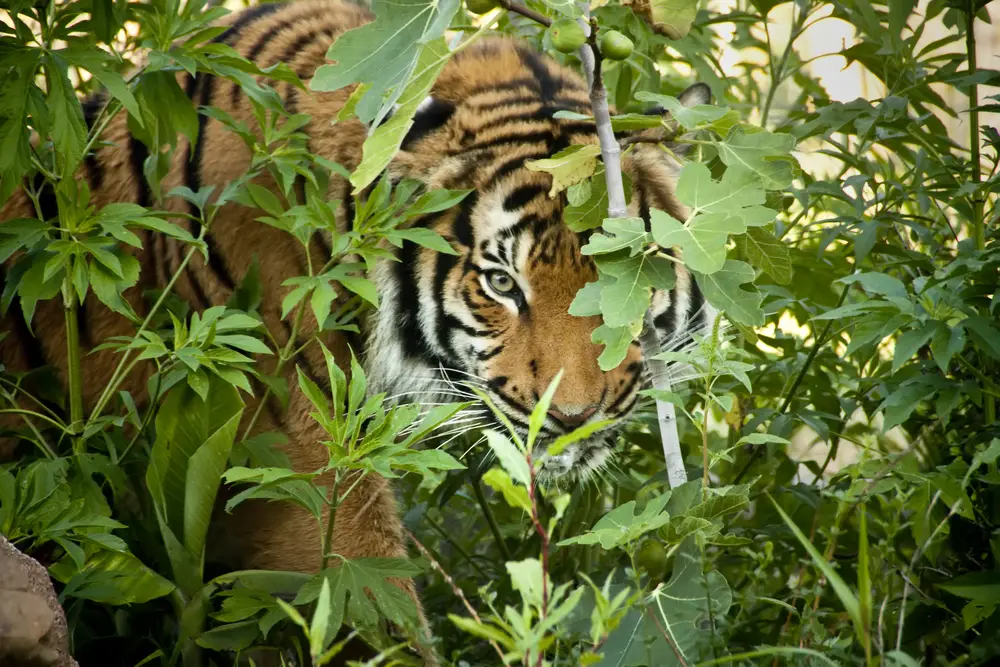
Tigers are among the most powerful and iconic big cats, but they also pose a threat to humans, particularly in regions where their habitats overlap with human settlements. Conflicts often arise when tigers prey on livestock, leading to retaliatory actions from local communities. In some cases, tigers may attack humans if they feel threatened or if their natural prey is scarce. Conservation efforts aim to mitigate these conflicts by promoting coexistence and providing compensation for livestock losses. Understanding tiger behavior and implementing measures to protect both humans and wildlife is essential for reducing incidents.
Efforts to reduce human-tiger conflict include establishing wildlife corridors and improving habitat connectivity to prevent tigers from entering human settlements. Community-based conservation programs also play a role in promoting coexistence by involving locals in tiger conservation efforts. While tigers can be dangerous, they are also vital to their ecosystems, helping to regulate prey populations and maintain balance. By respecting their role in the ecosystem and addressing the root causes of conflict, humans and tigers can coexist more peacefully. Their striking beauty and ecological significance make them valuable members of the animal kingdom.
13. Sharks – The Ocean’s Apex Predators
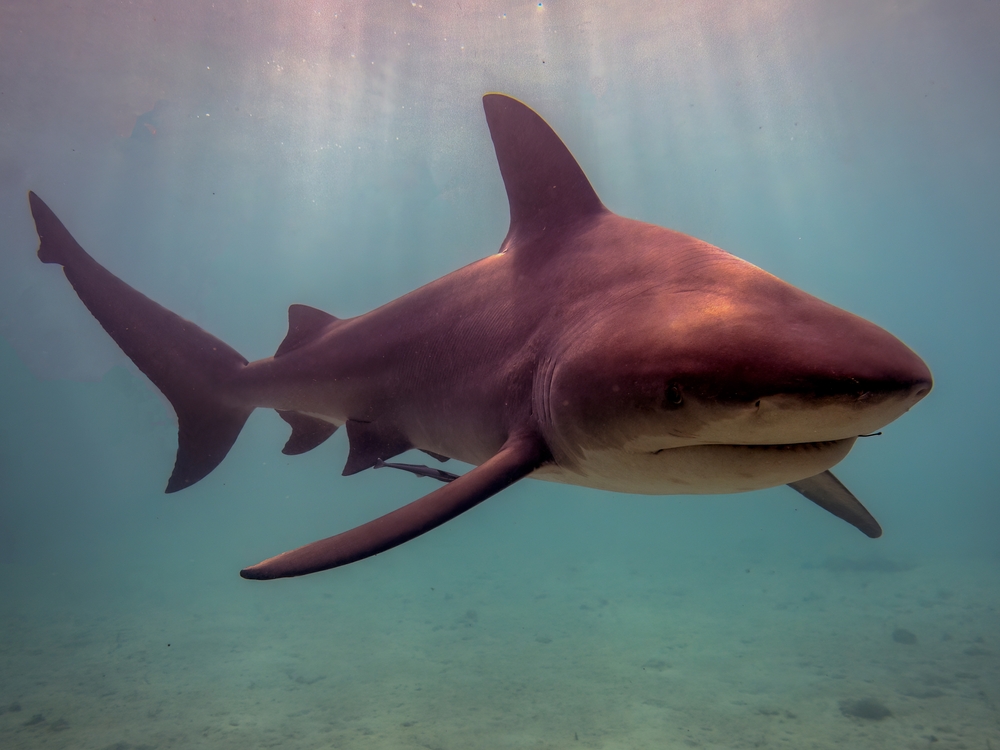
Sharks have long been feared as ruthless predators, and while attacks on humans are rare, they can be deadly. Most shark attacks occur in coastal regions where humans swim, surf, or dive, and are often cases of mistaken identity. While sharks are often depicted as mindless killers, they are crucial to marine ecosystems, helping to regulate prey populations and maintain balance. Efforts to reduce shark attacks include implementing shark nets and using drones to monitor shark activity near popular beaches. Understanding shark behavior and promoting safe practices can help reduce the risk of encounters.
Despite their fearsome reputation, sharks are generally not interested in humans as prey. Most attacks are the result of curiosity or confusion, and many species are threatened by overfishing and habitat loss. Conservation efforts aim to protect shark populations and promote coexistence between humans and these apex predators. By respecting their role in the ocean and implementing measures to prevent attacks, humans and sharks can share the seas more safely. Their unique adaptations and ecological importance make them fascinating members of the marine world.
14. Wolves – The Mythical Pack Hunters
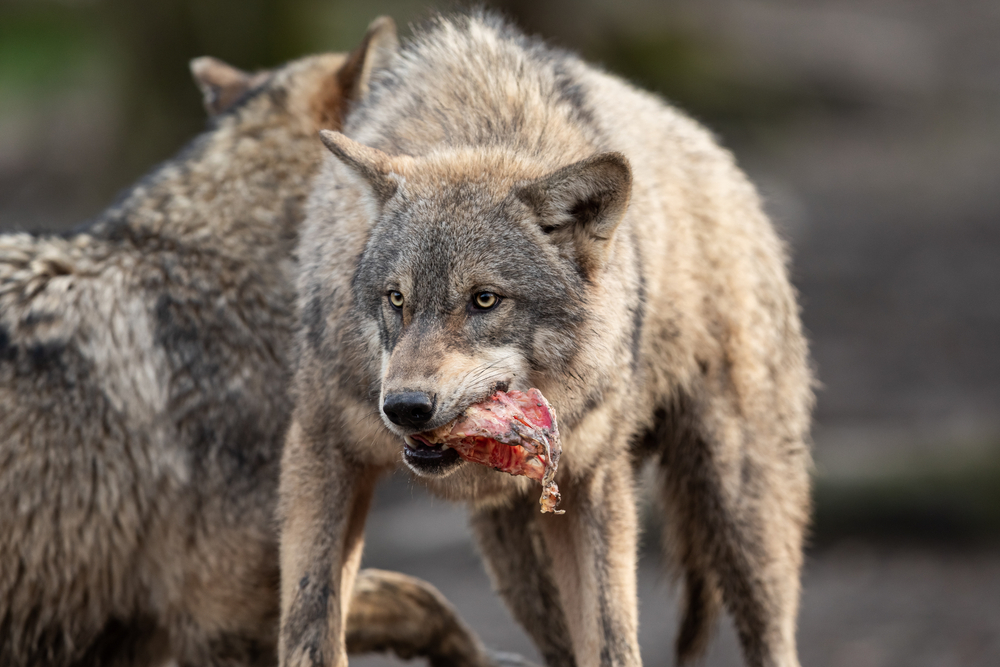
Wolves have long been associated with danger and mystery, but they rarely pose a threat to humans. Most conflicts arise when wolves prey on livestock, leading to retaliatory actions from local communities. Conservation efforts aim to mitigate these conflicts by providing compensation for livestock losses and promoting coexistence. Understanding wolf behavior and implementing measures to protect both humans and wildlife is essential for reducing incidents. While wolves can be dangerous under certain circumstances, they are also vital to their ecosystems, helping to regulate prey populations and maintain balance.
Efforts to reduce human-wolf conflict include creating wildlife corridors and improving habitat connectivity to prevent wolves from entering human settlements. Community-based conservation programs also play a role in promoting coexistence by involving locals in wolf conservation efforts. By respecting their role in the ecosystem and addressing the root causes of conflict, humans and wolves can coexist more peacefully. Their social structures and ecological significance make them fascinating members of the animal kingdom. While they are often misunderstood, wolves play a crucial role in maintaining the health of their environments.
15. Bees and Wasps – The Unseen Stingers
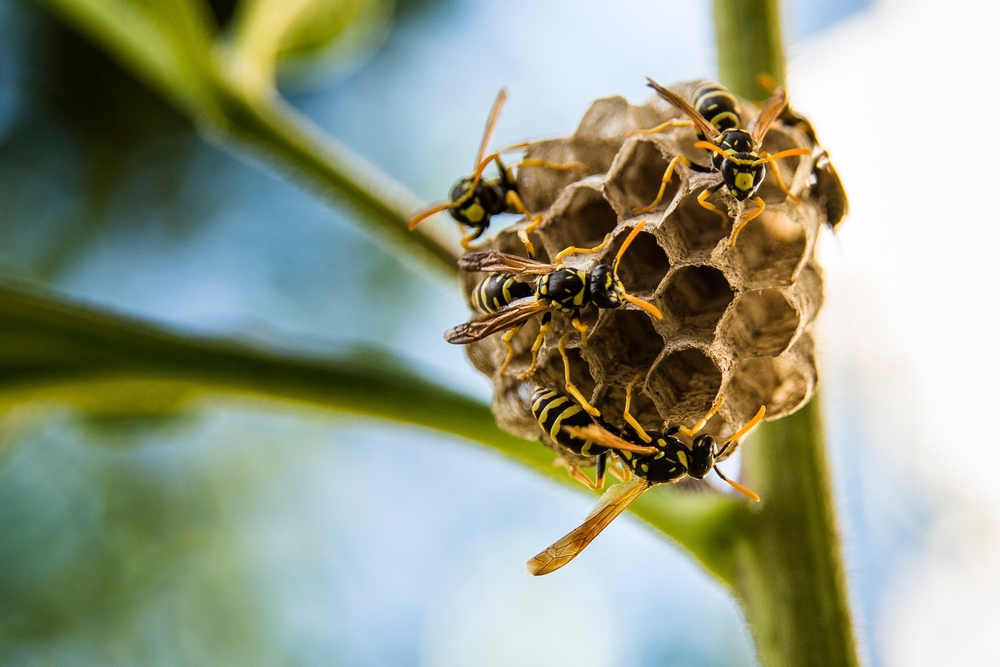
Bees and wasps are often overlooked as dangerous animals, but their stings can be deadly for those who are allergic. With millions of people experiencing allergic reactions to stings each year, the potential for harm is significant. In rare cases, multiple stings can lead to serious health complications or death, even in non-allergic individuals. Efforts to reduce the risk of stings include education on avoiding nests and using protective measures when necessary. Understanding the role of bees and wasps in their ecosystems is also important for promoting coexistence.
Despite their potential for harm, bees play a crucial role in pollination, supporting the health and productivity of ecosystems worldwide. Conservation efforts aim to protect bee populations and promote safe interactions between humans and these vital pollinators. By respecting their ecological importance and implementing measures to prevent stings, humans and bees can coexist more harmoniously. While wasps are often seen as pests, they also contribute to controlling insect populations and maintaining balance. Understanding their role in the environment can help foster a more positive relationship with these often-misunderstood creatures.
